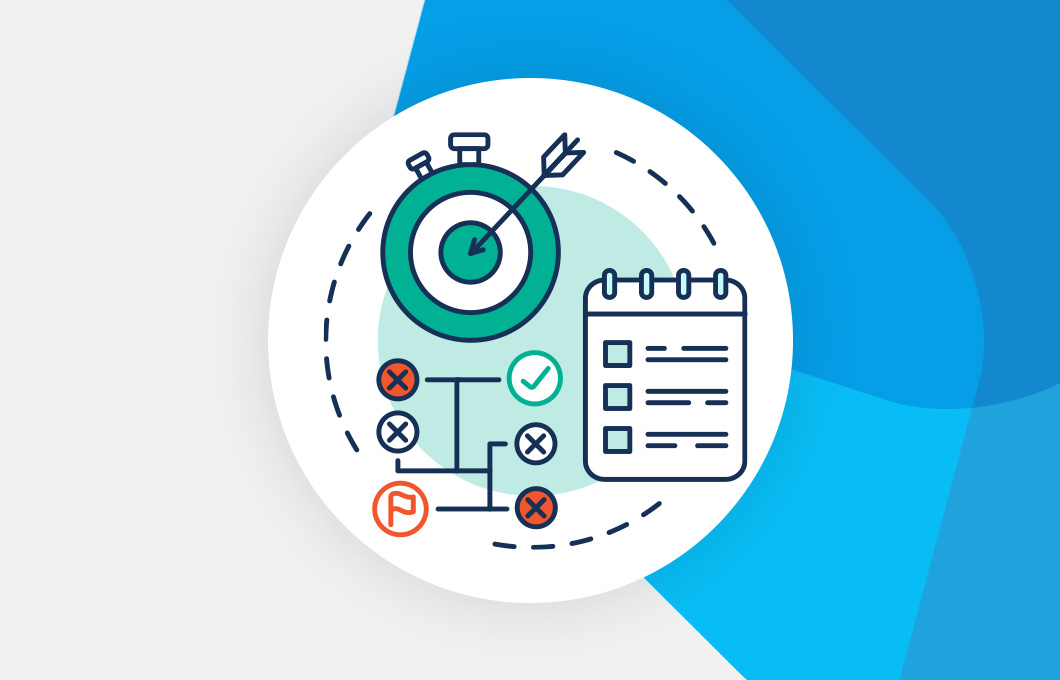
The challenges that insurers are dealing with often incur a level of urgency unlike those faced in other sectors. Being able to make informed decisions quickly on massive volumes of data is what customers need in times of emergency and crisis. That’s why success is greatly influenced by one capability: speed.
As a recent real-world case demonstrates, when you need to act quickly to mitigate risks in your portfolio, there is no better ally than AI.
A recent example is how AXA Commercial was able to identify at-risk properties in hours using AI in response to the RAAC crisis in the UK.
Risk Management in Real Time
Last fall, the UK government issued guidance for buildings in educational settings: “any space or area with confirmed RAAC should no longer be open without mitigations in place.” Within weeks, the presence of reinforced autoclaved aerated concrete, known as RAAC, was being investigated in both government owned and privately owned structures across the country.
RAAC was a cheaper, more lightweight alternative to concrete that was used in construction from the 1950s up until the 1990s. RAAC is thought to have a 30-year lifespan, and the collapse of the roof in a UK school building last summer was the catalyst for the government’s announcement that it would close more than 100 schools identified to be at risk.
Not surprisingly, the guidance constituted a major alert for insurers like AXA and their policyholders who needed to know if their buildings were constructed with this material, and quickly, so they could be assessed for safety and structural integrity.
The nature of the material and the places where it could be installed—interior walls, roofs—makes it difficult to identify instances of RAAC on sight. And regardless, the amount of time it would take to visit all possible locations would waste valuable time that could be spent targeting the known cases of RAAC. Instead, AXA analysts turned to a more valuable resource: the more than 70,000 multi-page documents compiled by risk engineers from visits to customer sites.
As described in their press release, visiting the customer sites in person would have taken at least 12 months. Instead, AXA used cutting-edge AI technology that was able to identify the at-risk buildings in just a few hours. By training the AI model to understand the concept of RAAC construction, AXA was able to take advantage of the unstructured data—the raw text in documents—contained in site surveys and risk reports in its knowledge base.
According to Dougie Barnett, Director of Mid-Market and Customer Risk Management at AXA Commercial:
“This was a situation where speed was of the essence – our customers were concerned about their buildings, and we were able to provide reassurance about which ones were at risk.
Using the AI tool enabled us to react quickly to an urgent issue, rapidly reviewing thousands of pieces of data to identify those customers whose buildings could have been constructed using RAAC.
Our customers are our priority, and we are constantly exploring ways to use new technologies to improve and enhance our processes. This powerful AI tool has shown it has the potential to revolutionise admin-heavy tasks of unstructured data and allow us to respond rapidly when needed.”
The Value of AI for Unstructured Data
Information is the lifeblood of an insurance company. For commercial underwriters, site surveys, risk reports and data on climate trends and conditions are just some of the documents that contain vital information for risk management and mitigation.
If the 70,000 documents highlighted by AXA is any indication, the volume of this data is well beyond the capacity of analysts to process it using traditional methods of analysis.
That’s because the data stored in text documents, forms and reports is what’s known as unstructured data, and it’s one of the largest types of information that insurers manage. Here is where the most important information is often hidden in its raw form. Information can appear “hidden” by the sheer volume of documents to review, but also through language, where different ways of phrasing something can obfuscate the meaning of what’s being said. This is why using simple keyword search is often ineffective for complex topics and why being able to train a model to recognize concepts—and not limited to single words or phrases—is so important.
AI-based natural language processing is identified as a key capability for our insurance customers who need to be able to navigate the vast amount of data in risk reports in order to quickly and accurately identify and assess risks.


